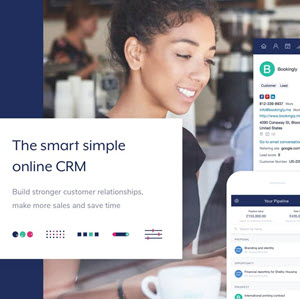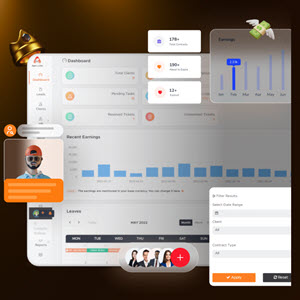Customer profiling and analysis at Deutsche Bank
Technology enables Deutsche Bank to manage its customers on an amazing scale. Deutsche Bank has 73 million customers, of which 800 000 are on-line and 190 000 use its on-line brokerage service, it has nearly 20 000employees, 1250 branches, 250 financial centres and three call centres.
To manage customer data, the DataSmart infrastructure was created on four levels: to provide a technical infrastructure across the company, consolidate data, enable data analyses and segmentation, and manage multichannel marketing campaigns.
According to Jens Fruehling, head of the marketing database automation project, for every customer, over 1000 fields of data are now held. These allow the bank to understand customers' product needs, profile, risk, loyalty, revenue and lifetime value. For each customer, there is also a range of statistical models, such as affinity for a product and channel, profitability overall and profitability by type of product. External data such as Mosaic from Experian are also used where there is less information, such as for new prospects in every household: the type of house, the number of householders, status, risk, lifestyle data, financial status and age.
Models are run monthly so time-series analysis can be performed to see whether the profitability of an existing customer is falling or at risk, so a mailing can be targeted at them.
For customer acquisition the bank's customer acquisition programme, called AKM, uses up to 30 mailings per year with as many as 12 different target groups and very complex selection criteria. The bank is looking to move to a higher communications frequency so that every customer receives a relevant offer.
Customer opinion polls are also run frequently, aiming to assess customer satisfaction twice a year.
Source: ECCS (2001) (Available at European Centre for Customer Strategies, www.eccs.uk.com).
Customer relationship management is an approach to marketing that seeks to increase customer loyalty, resulting in greater customer lifetime value. O'Malley and Tynan (2001) refer to the need for this to be a win-win approach where the relationship is characteristed by trust, commitment, communication and sharing, resulting in the mutual achievement of goals. To introduce CRM, many organisations use a simple framework to develop various CRM initiatives. This is the customer lifecycle, divided into stages of customer selection, retention and extension, which are related as shown in Figure 2.3.
The consequence of moving the customer between different stages of the customer lifecycle is shown in schematic form in Figure 2.3. As the customer moves from the different stages from acquisition, through extension, to retention, the loyalty of the customer and their value to the organisation increase. Attempts to build customer loyalty at each stage of the customer lifecycle will start with identifying segments and then deciding which to target.
Was this article helpful?


